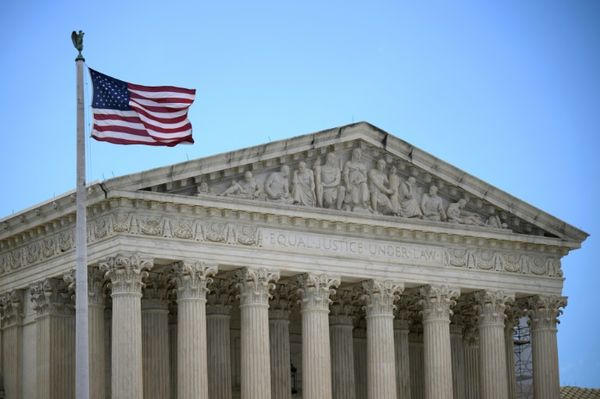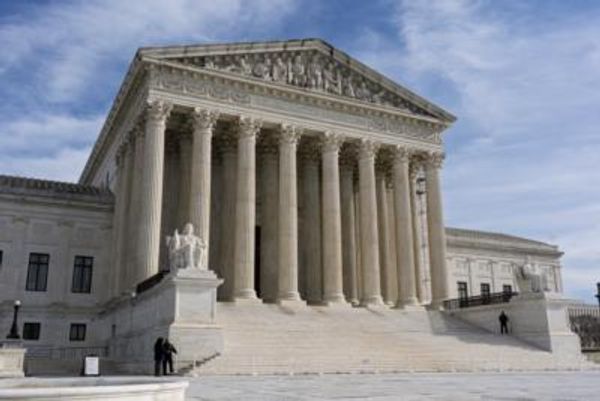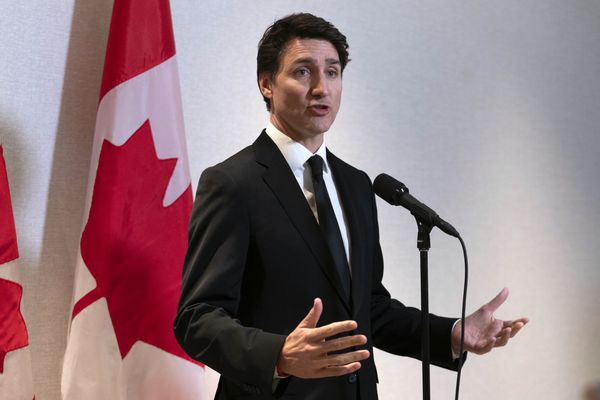Consumer prices rose at a more rapid monthly pace in January, the Labor Department said on Tuesday — interrupting a monthslong streak of cooler inflation readings.
By the numbers: The Consumer Price Index rose 0.5% last month, as prices for food, energy and apparel accelerated at a more rapid pace. In the 12 months through January, inflation was 6.4%, compared to 6.5% in December.
- Core CPI, which excludes food and fuel prices, rose by 0.4% in January, matching the same pace in December. Over the last 12 months through January, this index rose 5.6%. In December, that figure was 5.7%.
Why it matters: It was the highest reading since October — the latest sign that squashing inflation might not be a consistent, downward path.
That was acknowledged by Federal Reserve chair Jerome Powell last week, who warned the process of slowing price gains would take some time and wouldn’t be a smooth process.
- The Fed, for its part, raised interest rates for the eighth consecutive time earlier this month as part of an aggressive campaign to cool the economy and, in turn, inflation.
- But a string of hotter inflation readings could suggest reinvigorating and more persistent inflation pressures. That could force policymakers to raise rates to a higher level than currently anticipated.
Details: Soaring prices for goods were once a key driver of inflation. But healing supply chains and slower demand have cooled those price spikes in recent months or, in some cases, caused prices to fall outright.
- Used car and truck prices, for instance, fell 1.9% in January — roughly the same pace as in December.
- The Fed is now focused on the other side of the economy: the services sector, where inflation can be harder to tame.
Editor's note: This is a developing story. Please check back for updates.







